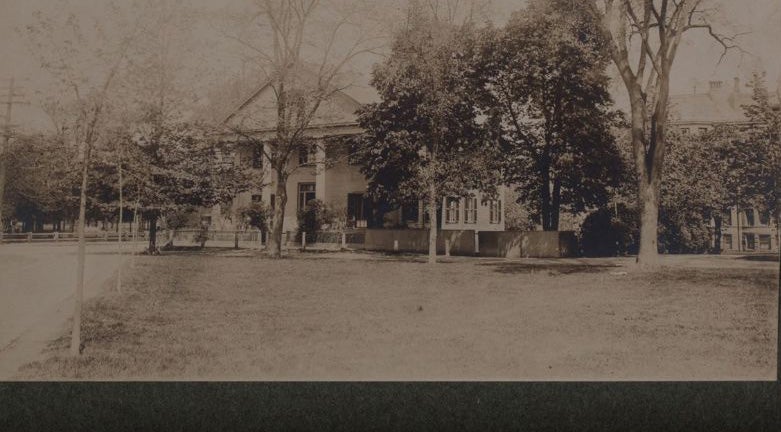In 1897, Harvard University purchased a Greek Revival-styled building on the corner of Holmes Place and Massachusetts Ave. for use by the law school. Built in 1838, the wood-framed building was once the private residence of Omen Southworth Keith, who attended Harvard Law School in 1831 and 1832.
The university renamed the building Gannett House in memory of Reverend Caleb Gannett (1745–1818), a 1783 graduate and longtime tutor and steward of Harvard College.
Today Gannett House is Harvard Law School’s oldest surviving building.
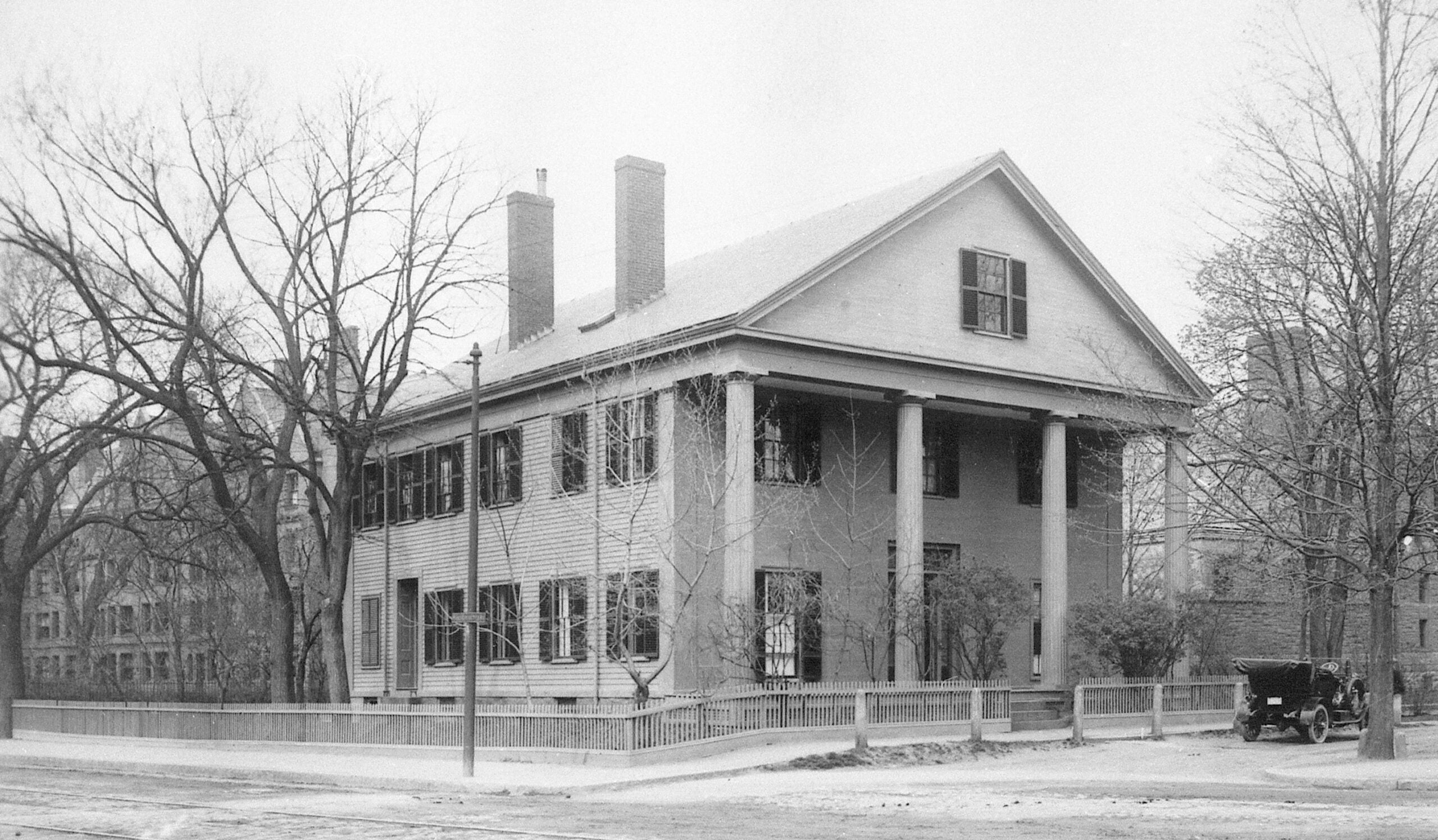
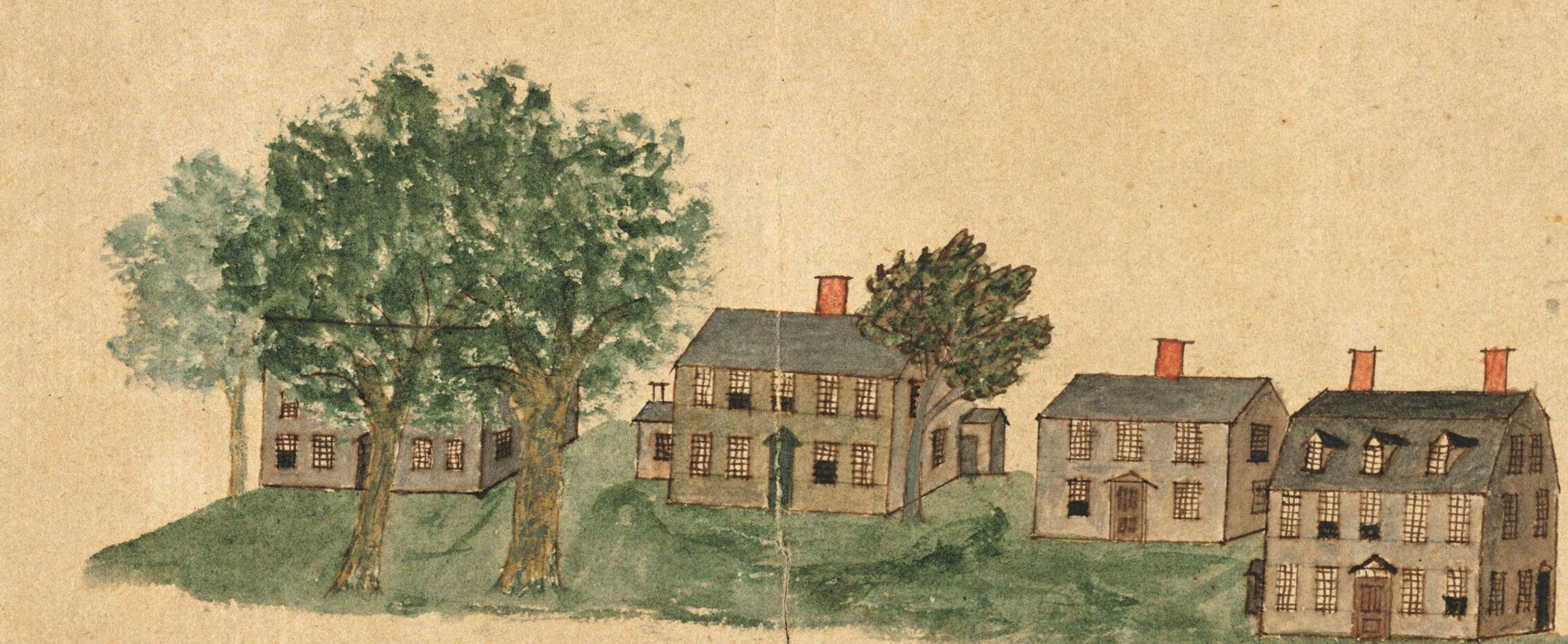
The building is located near the site where 1,200 Continental Army troops gathered on June 16, 1775, before marching to fight in the Revolutionary War Battle of Bunker Hill. A small granite monument, erected in 1897, and still standing today, bears this inscription: “Here assembled on the night of June 16, 1775, 1200 Continental troops under the command of Colonel Prescott. After prayer by [Harvard’s 11th president and congregational minister Samuel] Langdon, they marched to Bunker Hill.”


Gannett House originally faced south towards Harvard Square. In 1938, the house was rotated 90 degrees to the east in anticipation of a proposed mall extending to Oxford Street, but the mall was never built.
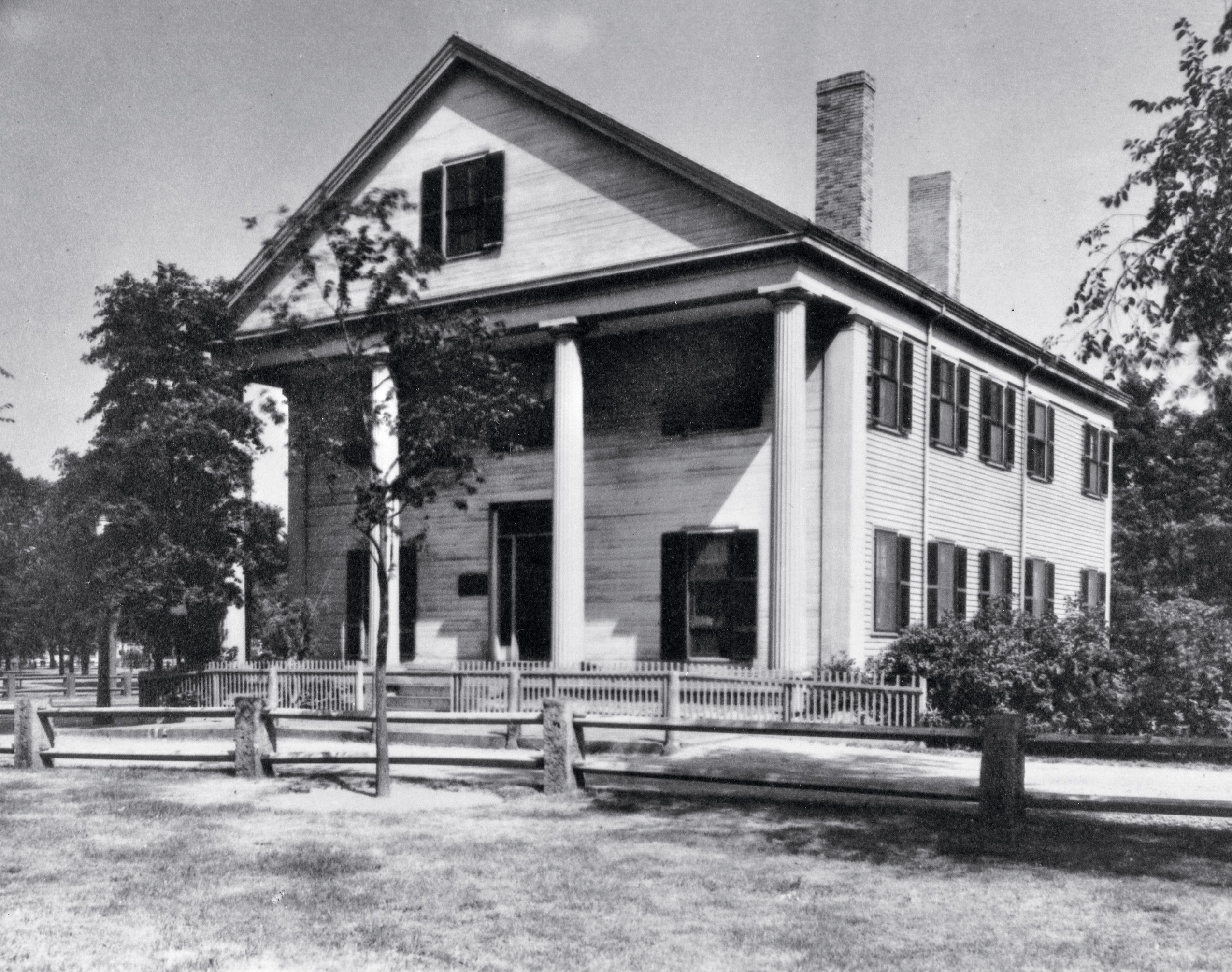
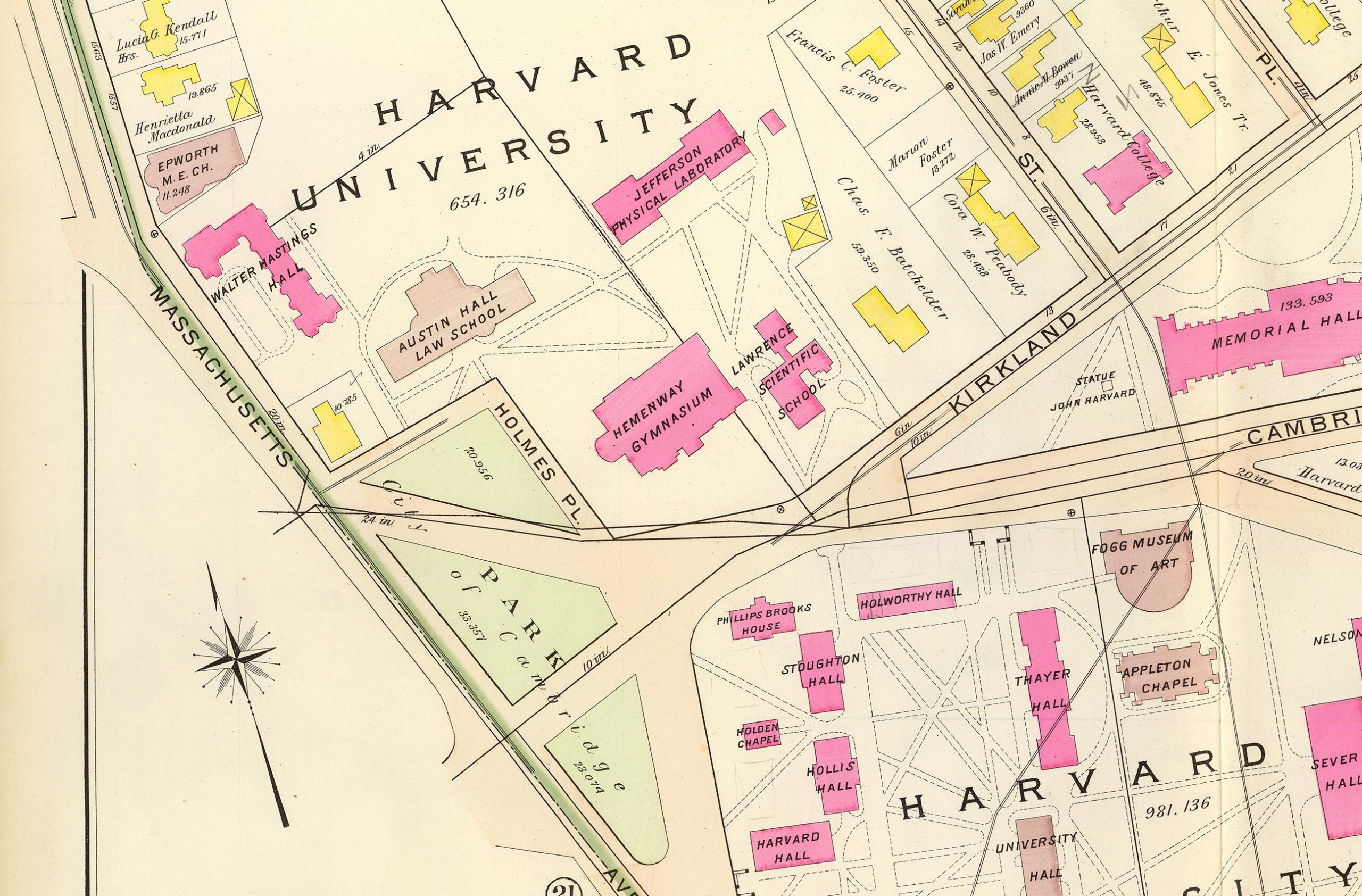
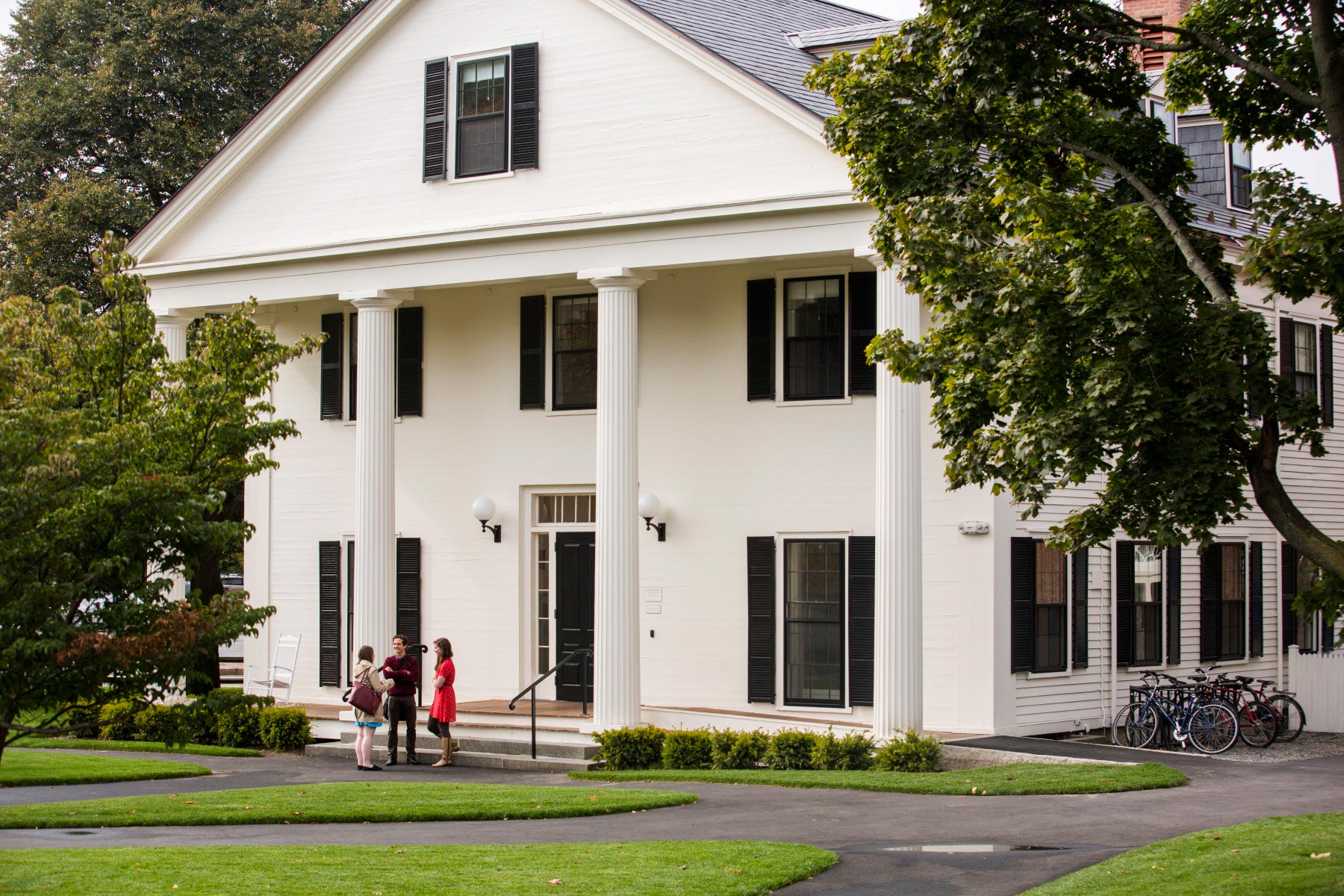
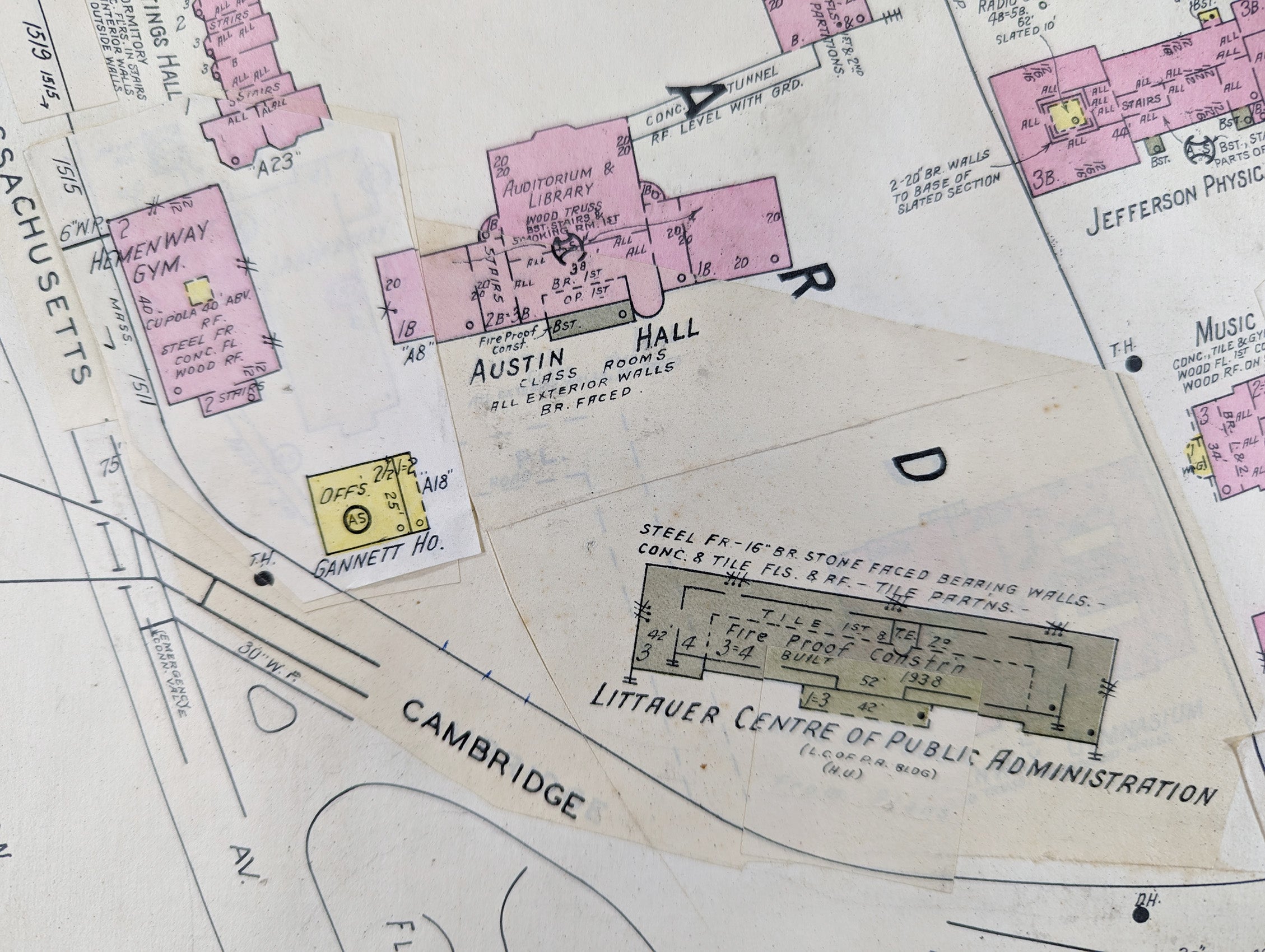


From 1906 to 1923, Gannett House served as student housing. Students rented rooms for $125 to $250 a year. A fireplace was included in each room, although students were expected to carry their own firewood. A cold-water tap in the basement was available at no extra charge.
The 1907 Harvard Law catalogue boasted that the Gannett House “is particularly easy of access to students at the law school. It is but two or three minutes’ walk from the Gymnasium, the College Yard, and the dining halls.”
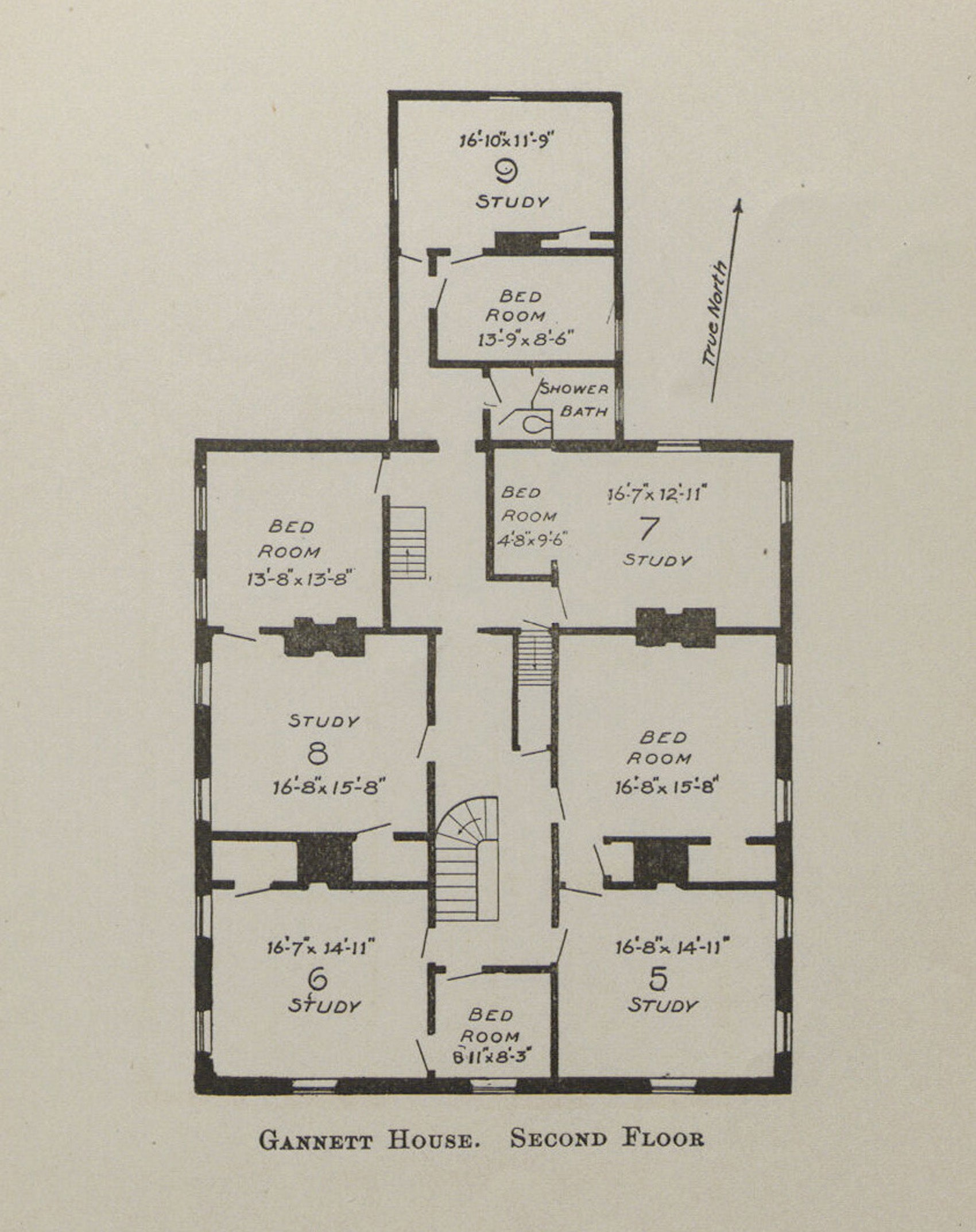

In 1925, after the first and second floors were remodeled, the building housed the Harvard Legal Aid Bureau, the Board of Student Advisers, the Harvard Law Review, and the secretary of the law school. Other groups with offices in the building over the years include the Harvard Defenders (from 1949-1970) and the Law School Forum.
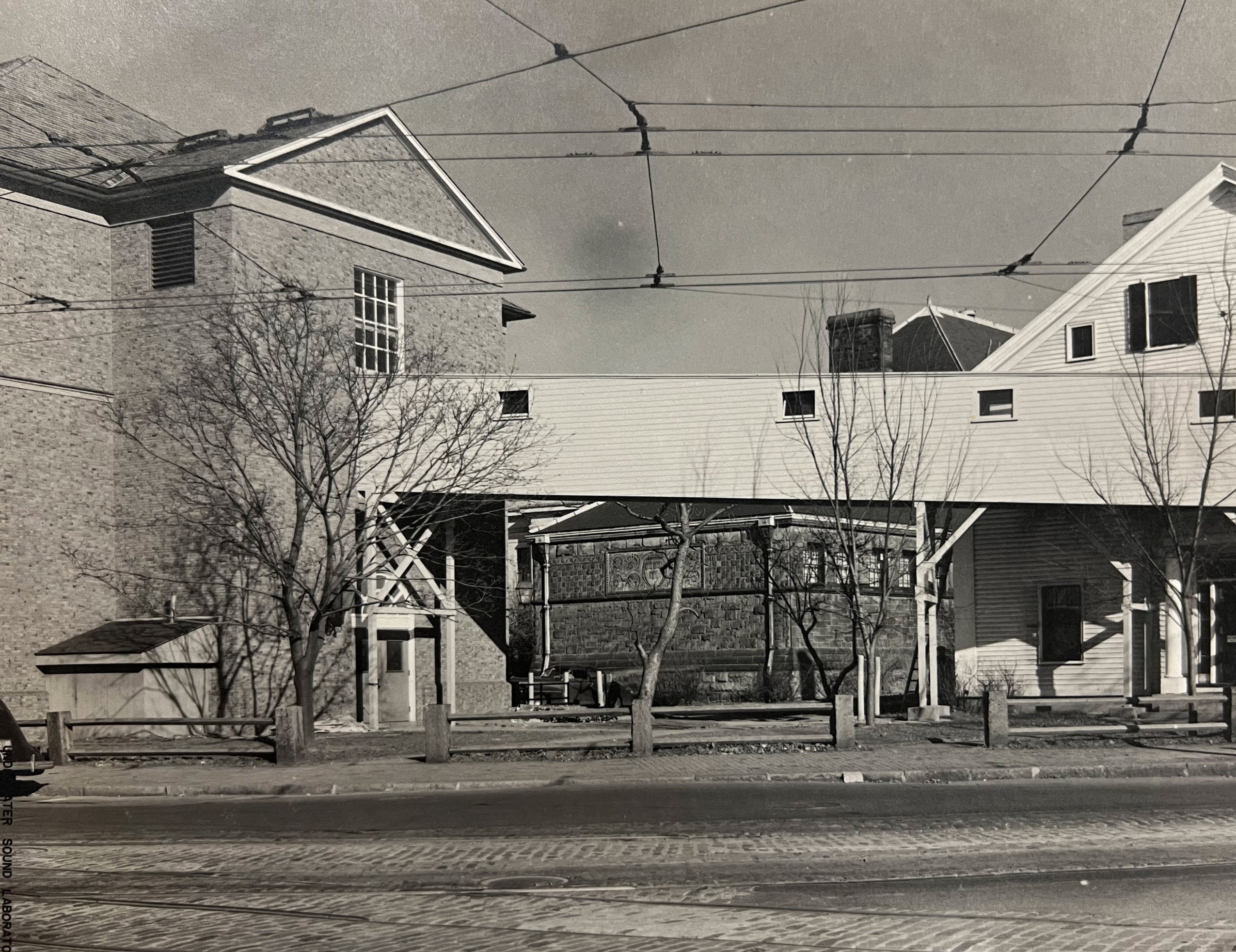
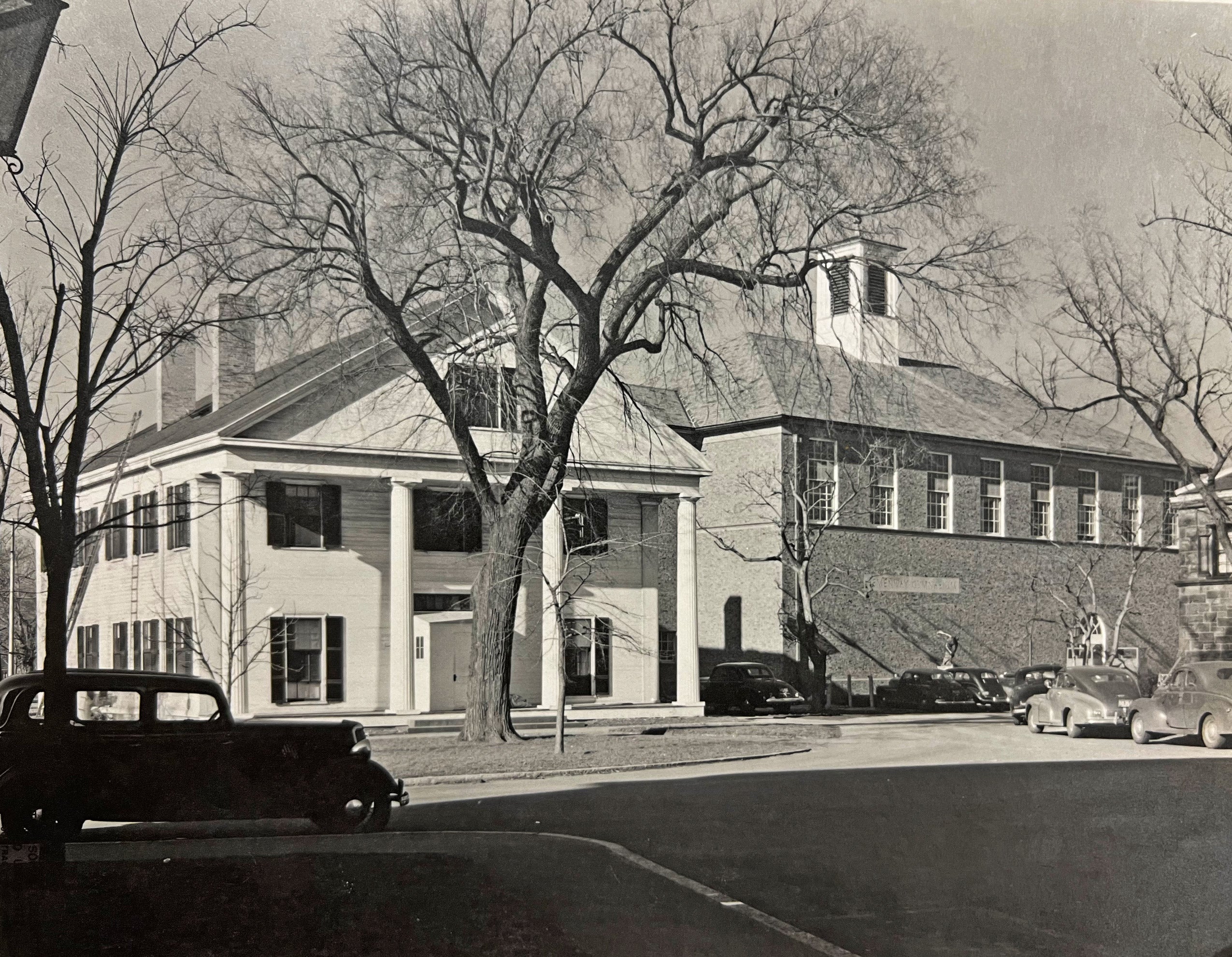
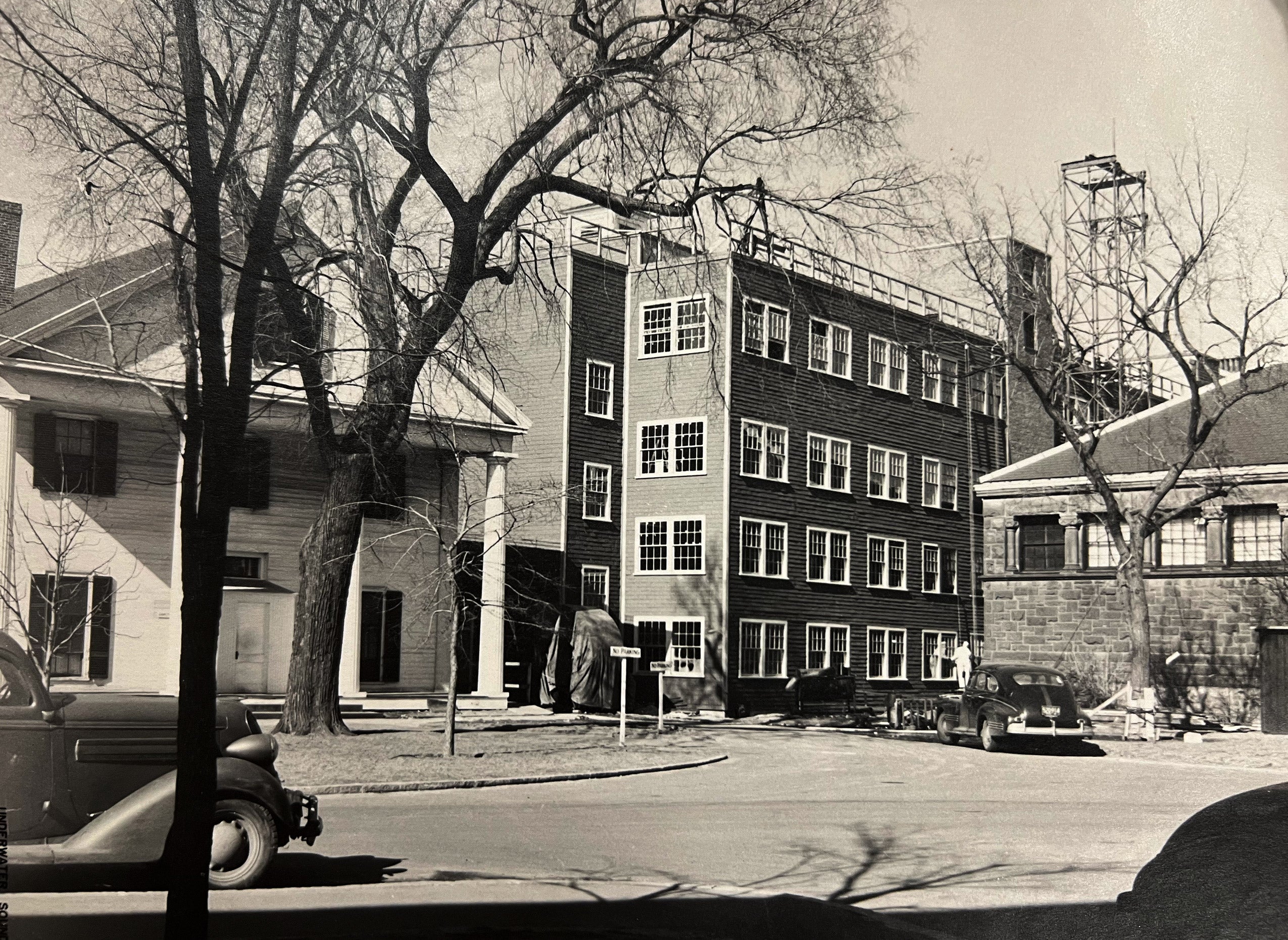
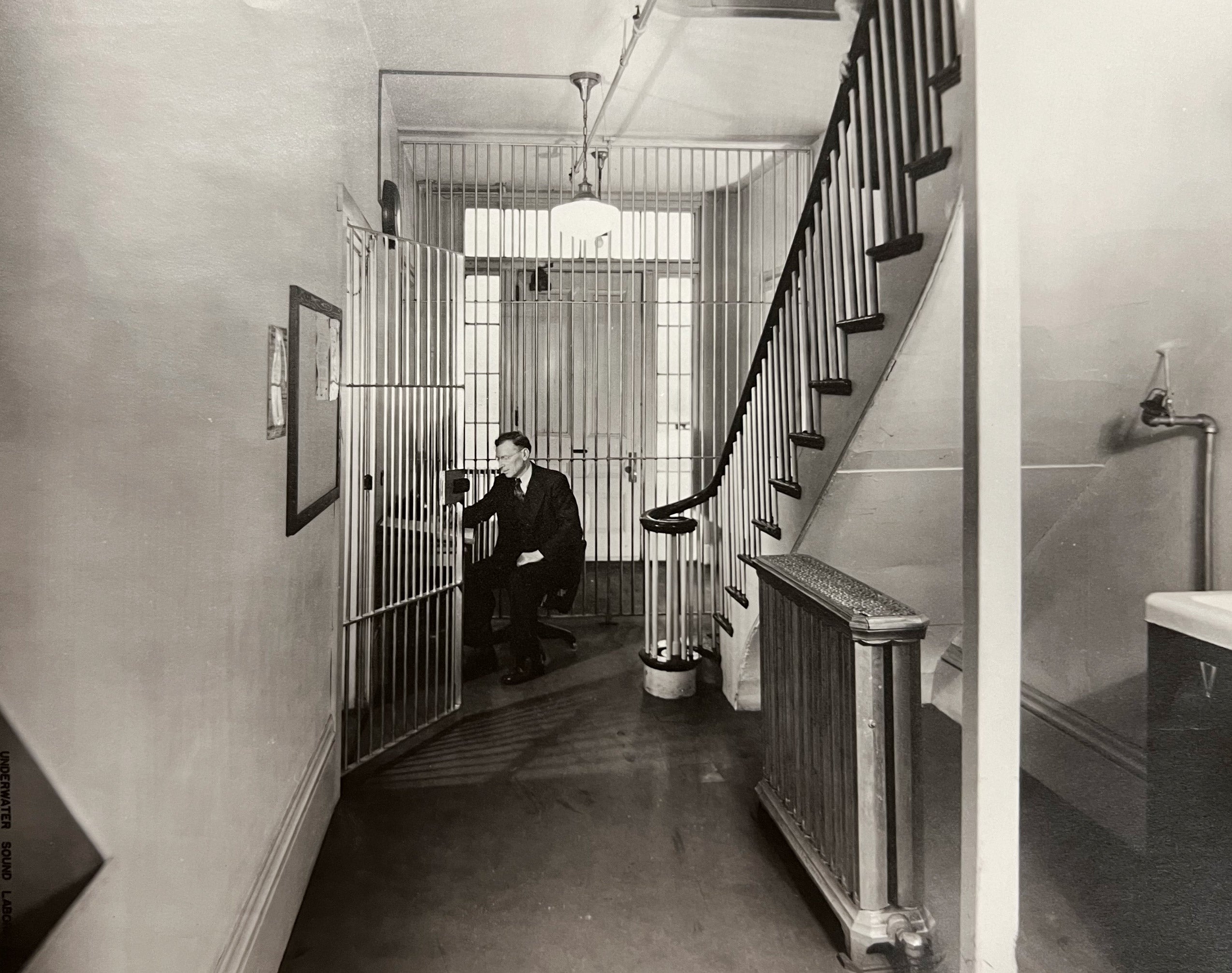
During World War II, Gannett House and nearby Hemenway Gymnasium were used by the Harvard Underwater Sound Laboratory (HUSL), under contract to the National Defense Research Committee. As wartime requirements reduced the number of students in residence at the law school, these buildings were among those identified at Harvard University as ideal locations for work related to the development of sonar technology.
By July 1943, administrative offices for the HUSL were located in Gannett and connected by a covered elevated passageway for ease of access to Hemenway, which had been modified to house the rapidly expanding activities of the HUSL. The work ended in January of 1946.
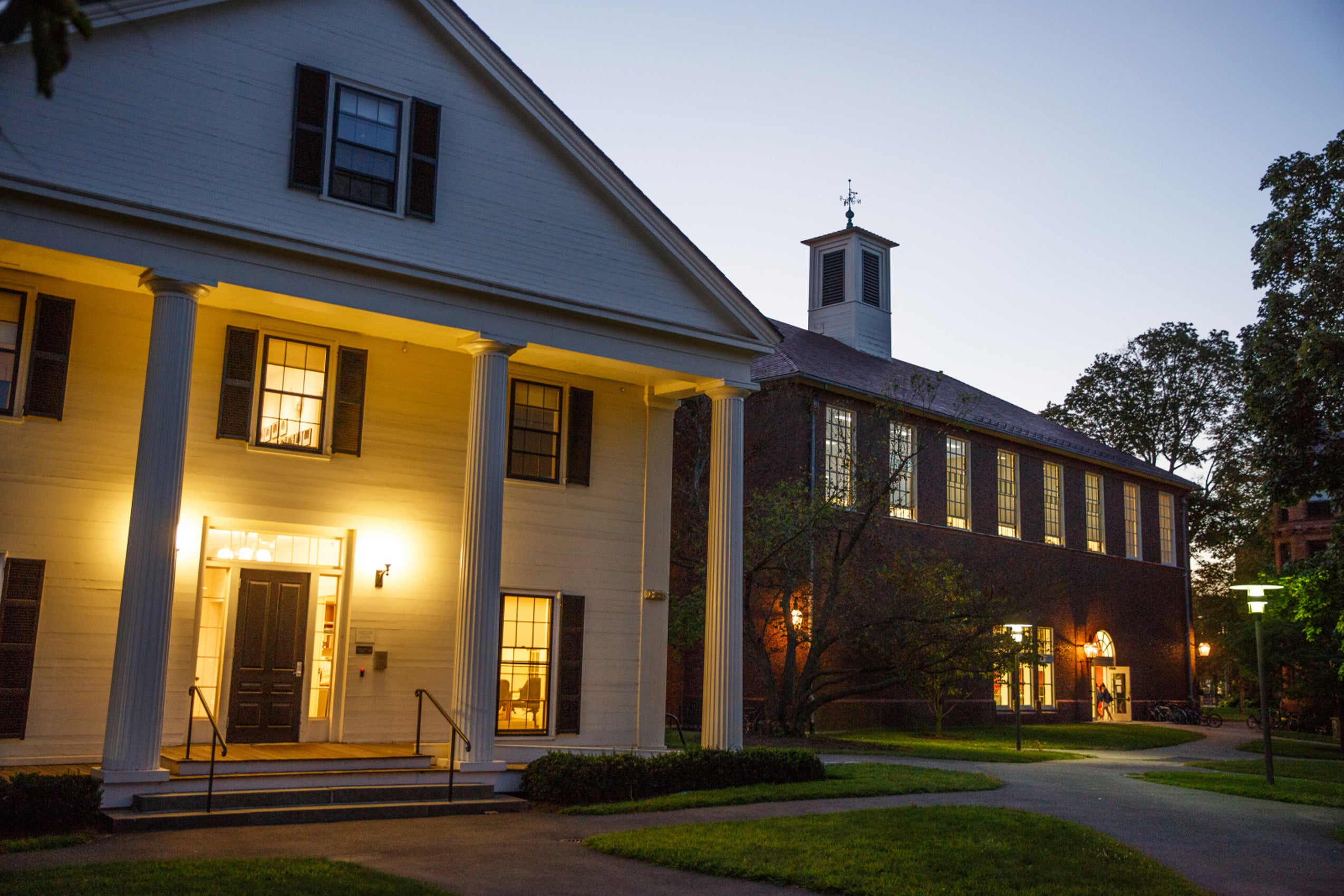
In 2013, Gannett House underwent a major transformation. The interior spaces were updated to accommodate an elevator, central air, heating systems, a reconfigured electrical system, and redesigned office space on the first and second floors. The building’s staircase, an historic feature original to the structure, was preserved.
Gannett now houses the Harvard Law Review, a nationally renowned student-run organization which publishes a leading journal of legal scholarship.
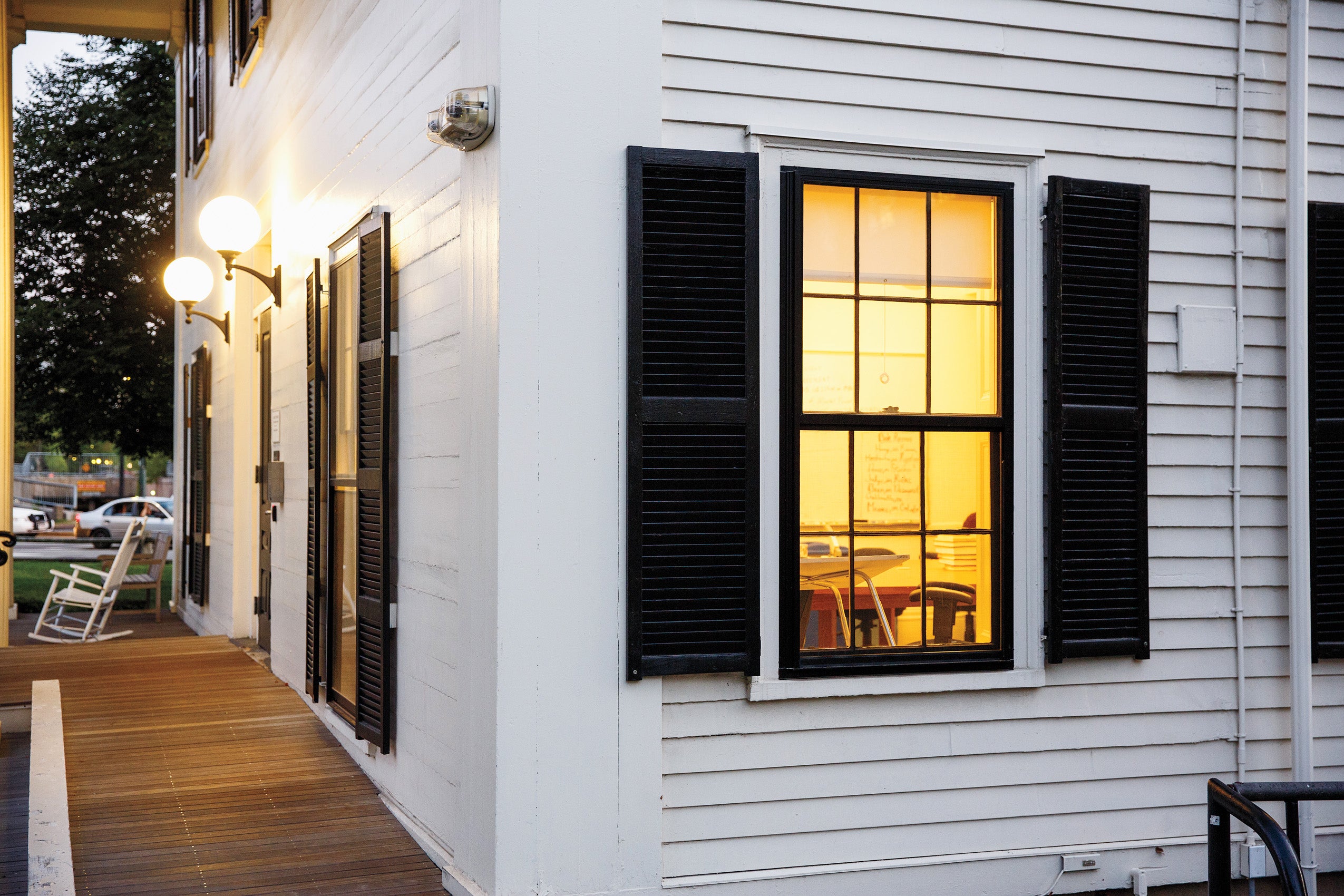
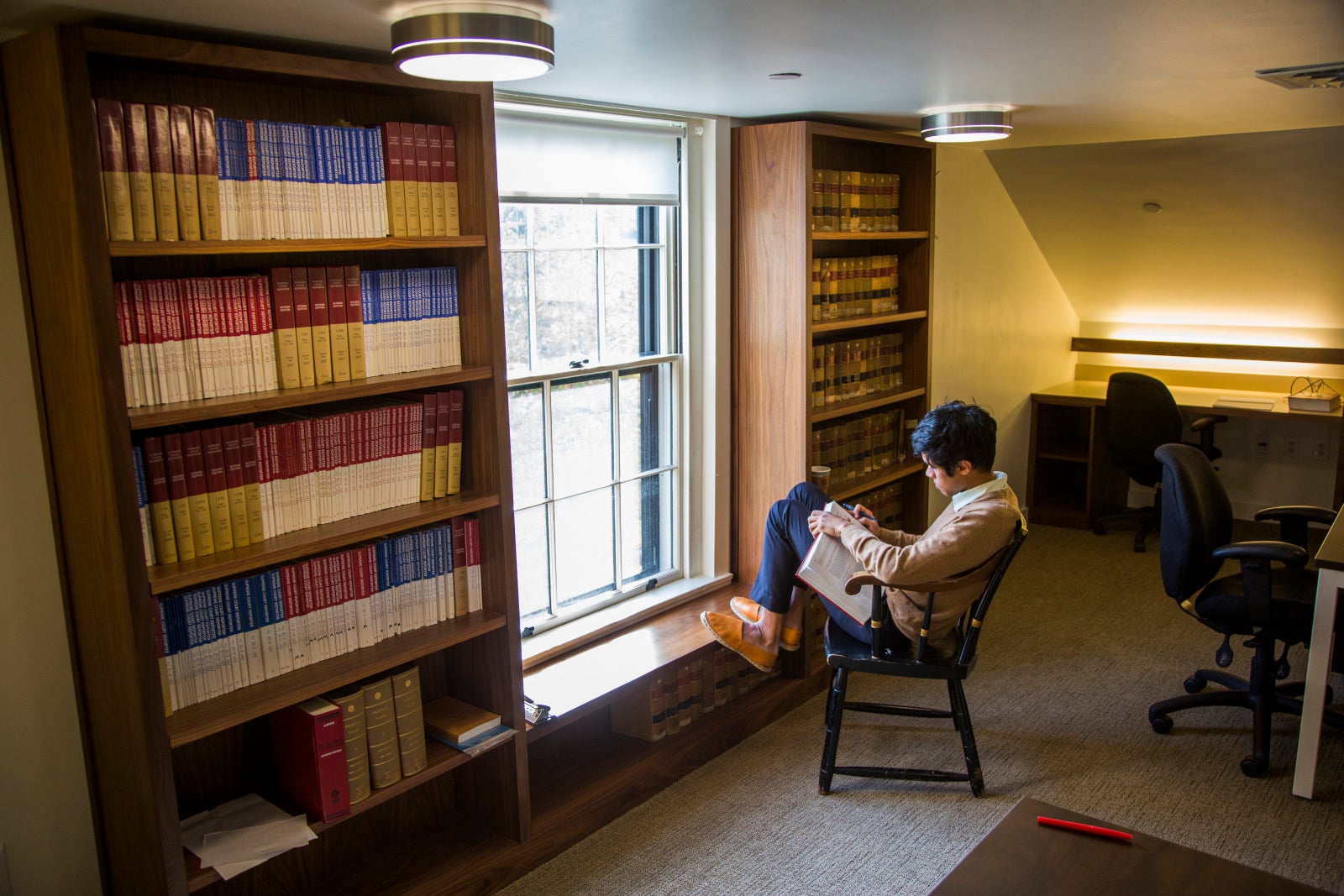
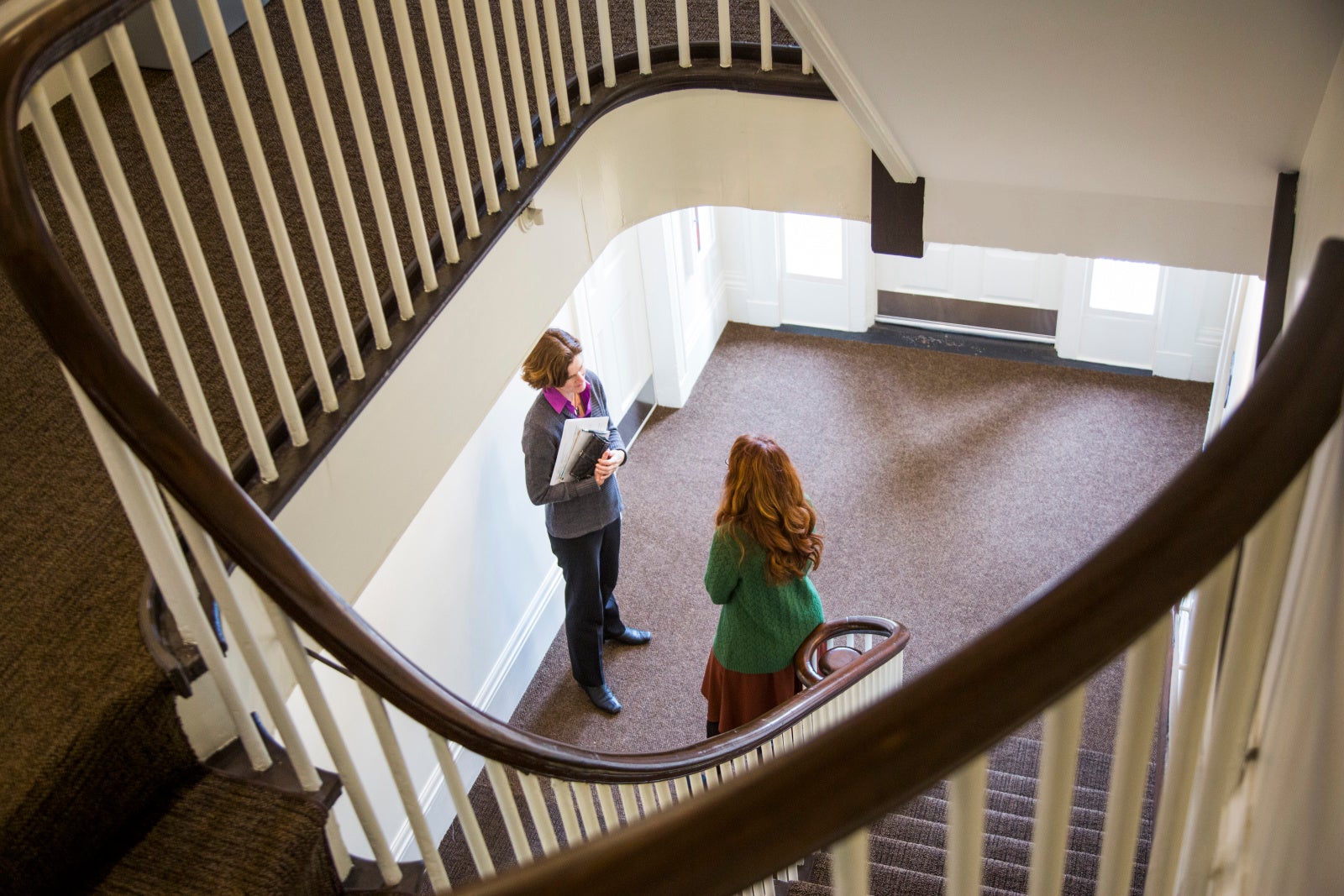
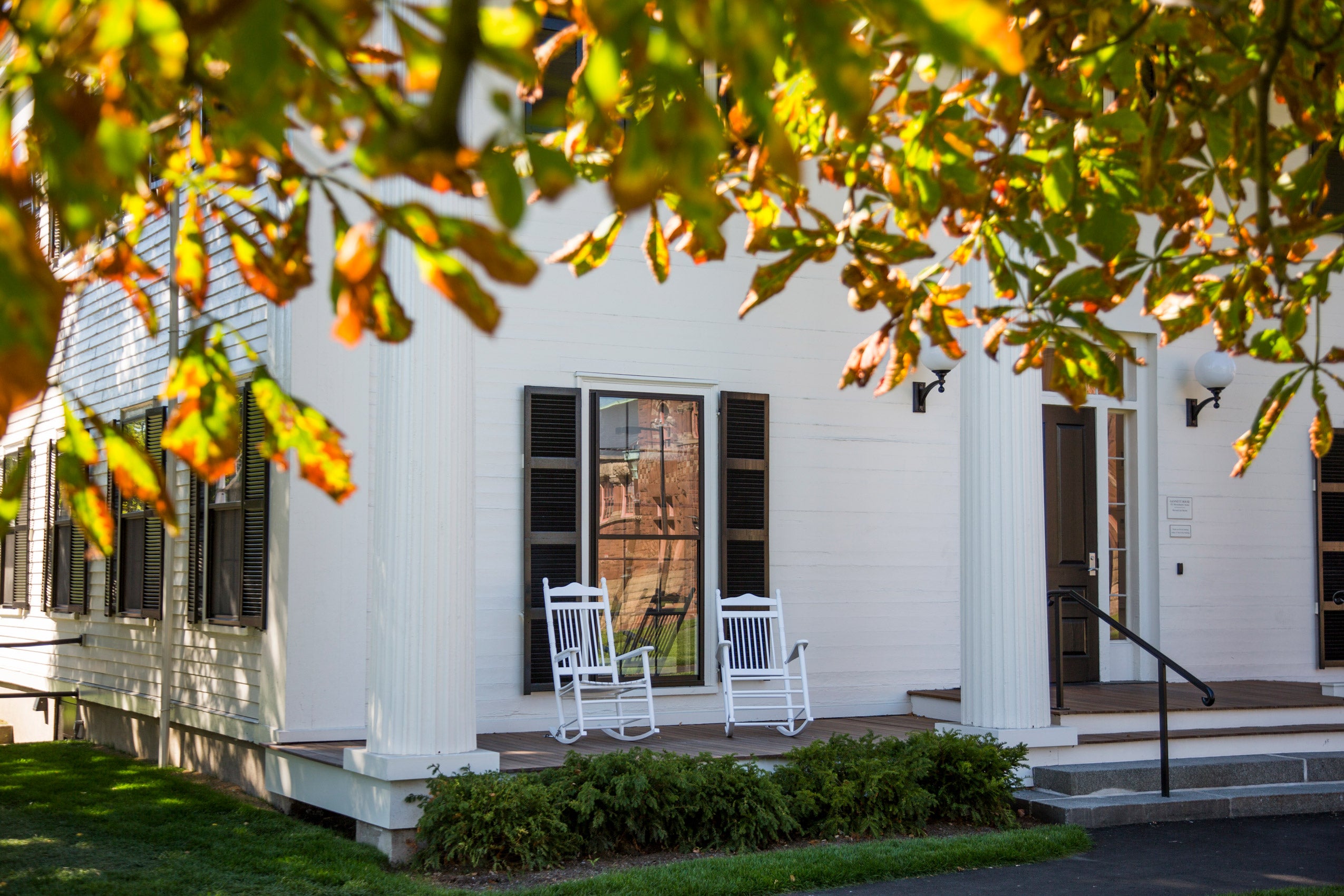
Then & Now: Gannett House was compiled by Linda Grant, Harvard Law School Communications Office. Special thanks to Mik Hamilton, digital archive assistant, Harvard Law School Communications Office, and Lesley Schoenfeld, public services & visual collections administrator, Historical & Special Collections for research and editorial assistance.
